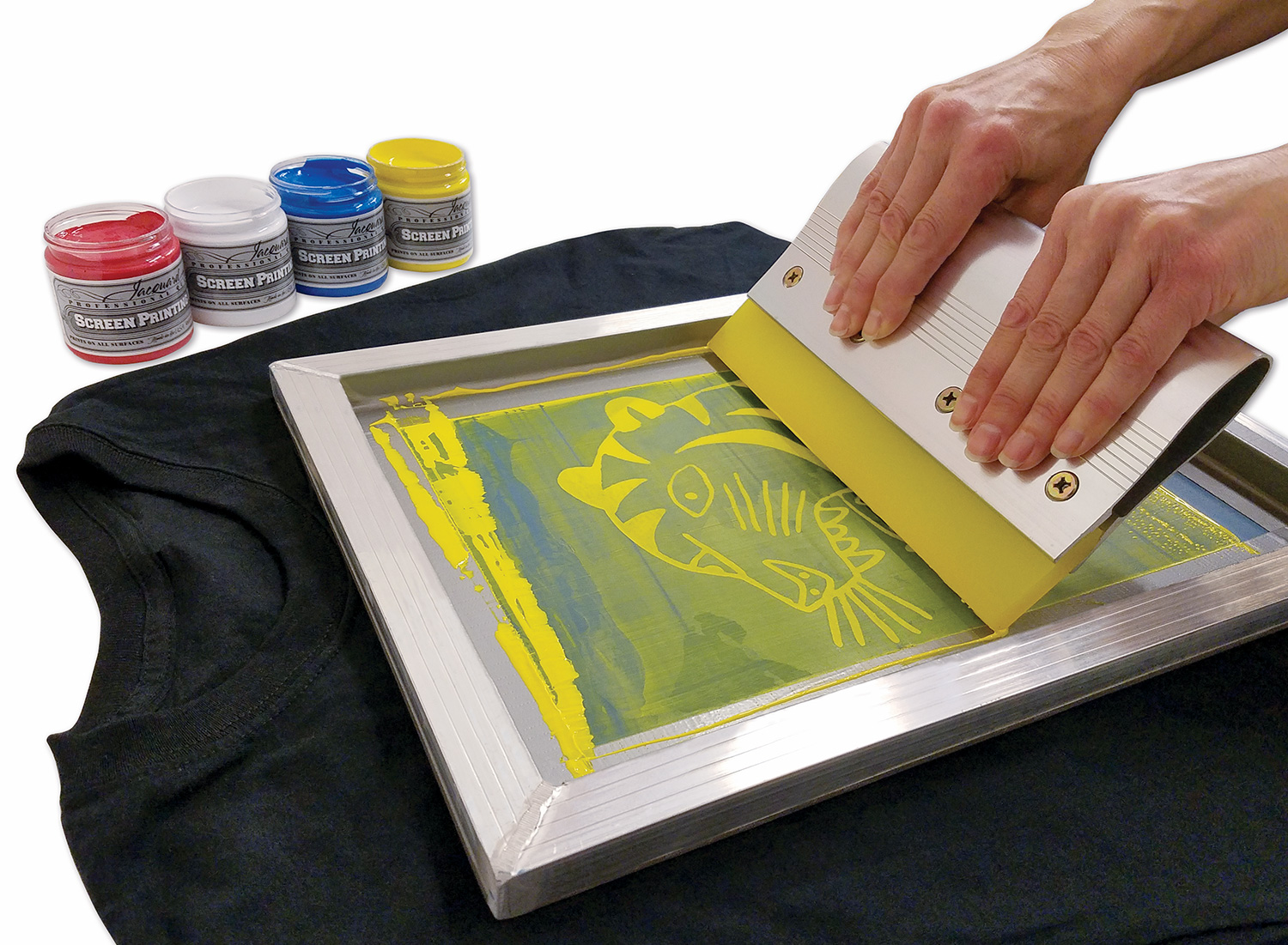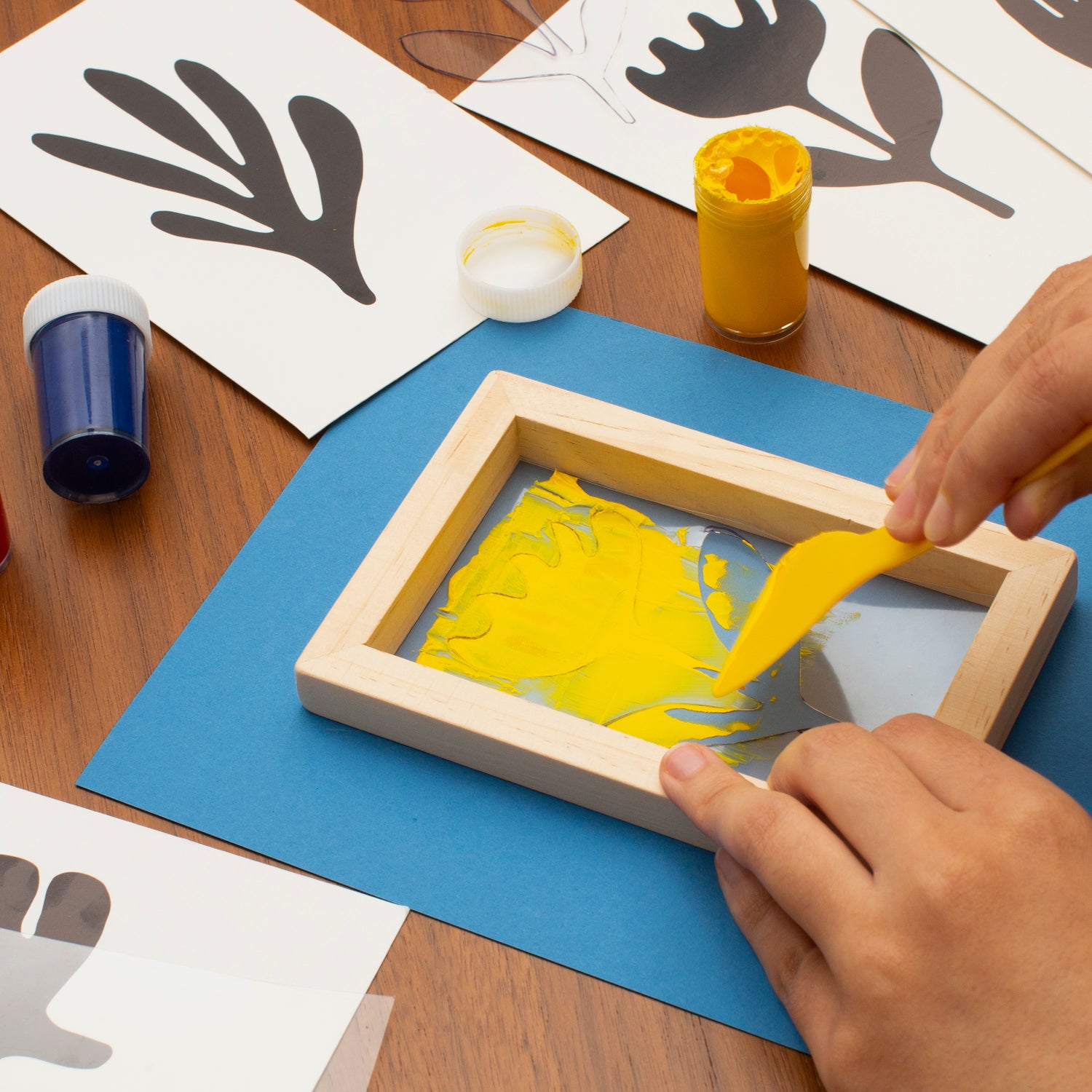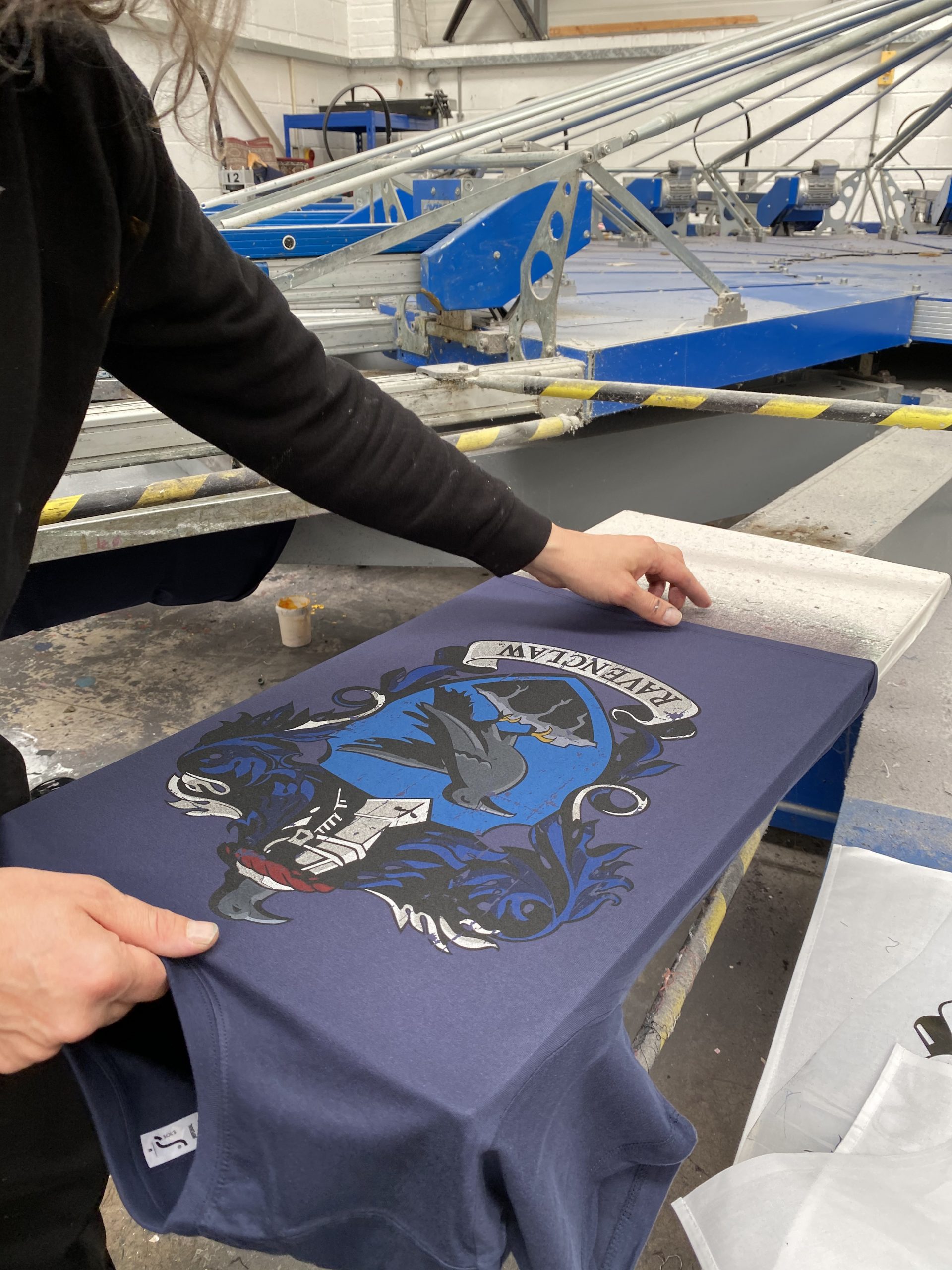ChatGPT said: Deep dive at 10:9 Design LLC Company screen printing process
Wiki Article
Discover the Different Kinds Of Screen Printing Techniques for Your Following Project
Screen printing provides a diverse array of strategies that can boost any type of innovative project. From typical methods like serigraphy to modern-day technologies such as direct-to-garment printing, each strategy has its special benefits. Specialized alternatives, consisting of metallic and environmentally friendly inks, introduce a lot more opportunities. Comprehending these strategies can significantly impact the final result. The difficulty lies in picking the most suitable approach for particular requirements and desired impacts. What variables should one consider?
The Basics of Screen Printing
Although screen printing might appear complex, it is fundamentally an uncomplicated procedure that includes moving ink through a mesh screen onto different surfaces. The technique starts with the development of a pattern, which specifies the design to be published. This pattern is attached to a mesh screen, generally made from polyester or nylon. When the stencil is in place, ink is put on the screen and pushed through the mesh using a squeegee, leading to the preferred pattern being printed on the underlying material.Screen printing can be carried out on a vast array of substratums, consisting of paper, plastic, and fabric, making it a functional option for numerous tasks. The procedure enables detailed styles and lively shades, making it prominent in industries such as advertising and marketing, style, and art. Comprehending these fundamentals gears up individuals with the foundational expertise needed to explore advanced methods in screen printing.
Conventional Screen Printing Techniques
Conventional screen printing strategies have been utilized for centuries, protecting the craftsmanship and virtuosity of this technique. This approach makes use of a mesh screen to transfer ink onto a substratum, such as material or paper, permitting for lively and lasting styles. The procedure starts with developing a pattern, which blocks particular areas of the screen to regulate where the ink will be used.One preferred technique is serigraphy, commonly made use of for artistic prints and limited editions. Another is the usage of water-based inks, which are eco-friendly and offer a soft feel on textiles - 10:9 Design LLC Company. In addition, standard techniques can include manual printing, where craftsmens use ink with a squeegee, making certain accuracy and focus to detail
These strategies continue to be valued in the sector for their tactile quality and the unique textures they produce, interesting both customers and designers that appreciate the heritage of screen printing.
Digital Screen Printing Innovations
As the demand for faster manufacturing and customization in the printing sector has surged, digital screen printing developments have become a game-changer. This innovation blends traditional screen printing techniques with digital procedures, allowing for rapid prototyping and intricate designs that were previously hard to accomplish. One significant innovation is the intro of direct-to-garment (DTG) printing, which promotes high-grade, full-color prints on different fabrics without the need for displays. In addition, advancements in ink formulas have actually resulted in environment-friendly choices that maintain dynamic shades while minimizing environmental impact. Making use of automated systems even more simplifies production, minimizing labor prices and improving accuracy. These developments not just provide to small set orders and personalized styles yet also enable quicker turn-around times, making them suitable for companies concentrated on conference consumer demands in a busy market. Digital screen printing, consequently, represents a crucial evolution in the domain of printing strategies.Specialized Screen Printing Approaches
Exploring specialty screen printing techniques reveals a varied variety of methods that press the limits of creativity and performance in the printing market. Among these, glow-in-the-dark inks offer a distinct aesthetic impact, making styles come alive in low-light conditions. Metallic inks, known for their shimmering finish, add a touch of luxury to printed materials. One more ingenious method is discharge printing, which removes color from the textile rather of adding ink, leading to a soft, vintage feeling. High-density printing develops a raised texture on the surface, enhancing responsive interaction. Furthermore, water-based inks are getting popularity for their vibrant shades and minimized environmental influence. Each of these specialized techniques provides to particular layout demands, allowing brands and musicians to produce standout items that reverberate with their audiences. By leveraging these approaches, services can elevate their screen printing tasks to brand-new elevations, ensuring unforgettable impressions.Eco-Friendly Screen Printing Options
Environment-friendly screen printing choices are getting traction as the sector shifts in the direction of sustainability. Sustainable ink options and the usage of biodegradable materials are vital elements in minimizing the ecological influence of the printing procedure. By taking on these practices, screen printers can add to a more sustainable future while keeping high-grade results.Lasting Ink Options

Biodegradable Products Usage
As the screen printing industry develops, the incorporation of naturally degradable materials is coming to be increasingly important for environmentally conscious techniques. Designers and suppliers are currently discovering inks and substratums made from all-natural, eco-friendly sources that decay more efficiently than standard equivalents. These eco-friendly alternatives lower plastic waste and decrease ecological impact, aligning with the growing need for lasting products.
Common examples include water-based inks and organic cotton fabrics, both of which minimize damaging chemicals and advertise eco-friendliness. Brands that take on these products commonly improve their market charm, drawing in customers who focus on sustainability. As recognition of environmental issues proceeds to climb, the change towards biodegradable materials in screen printing is most likely to get energy, promoting a greener industry requirement.
Choosing the Right Strategy for Your Job
How can one identify one of the most appropriate screen printing technique for a specific project? The decision rests on several variables, including the product to be published on, the complexity of the layout, and the preferred manufacturing volume - 10:9 Design Embroidery. As an example, direct-to-garment printing is excellent for elaborate layouts with various shades, while conventional screen printing excels for bigger runs of simpler graphics
Additionally, factor to consider of the end-use of the published item is essential. For outside applications, strategies that provide toughness and climate resistance, such as plastisol ink, may be chosen. Alternatively, environmentally-conscious tasks may gain from eco-friendly materials or water-based inks.
Eventually, recognizing the job's special needs permits an informed choice, making sure both aesthetic allure and practical longevity. By examining layout complexity, material compatibility, and manufacturing scale, one can successfully pick one of the most ideal screen printing strategy to fulfill their job's objectives.
Often Asked Concerns
What Is the History of Screen Printing?
Screen printing came from in ancient China around 1000 AD, advancing with Japan and Europe. By the 20th century, it ended up being popular in commercial art and style, revolutionizing how styles were created and distributed around the world.
How Do I Prepare Artwork for Screen Printing?
To prepare artwork for screen printing, one need to ensure high resolution, make use of an appropriate color mode, produce separate layers for every color, and convert message to details, ensuring compatibility with the printing procedure and preferred end result.What Materials Are Best for Screen Printing?
The finest materials for screen printing include premium inks, long lasting screens, and appropriate substrates like cotton, polyester, or blends. In addition, using appropriate emulsion and squeegees can enhance the printing process and outcomes.Can I Evaluate Print at Home?
Yes, screen printing at home is feasible. With the appropriate products, arrangement, and strategies, individuals can create premium prints. Nevertheless, careful consideration of workspace and tools is important for successful outcomes.
What Prevail Blunders in Screen Printing?
Usual errors in screen printing consist of inappropriate direct exposure times, poor ink uniformity, imbalance of displays, inadequate cleansing of materials, and overlooking to evaluate prints. These errors can endanger the top quality and precision of the end product.Screen printing may seem complex, it is fundamentally a simple procedure that includes transferring ink through a mesh screen onto various surface areas. As the demand for faster manufacturing and modification in the printing market has risen, electronic screen printing advancements have arised as a game-changer. Checking out specialized screen printing techniques discloses a varied variety of methods that press the boundaries of creative thinking and performance in the printing sector. The finest materials for screen printing include high-grade inks, sturdy screens, and appropriate substratums like cotton, polyester, or blends (10:9 Design contact). Common mistakes in screen printing include improper direct exposure times, inadequate ink uniformity, imbalance of displays, not enough cleaning of products, and neglecting to evaluate prints
Report this wiki page